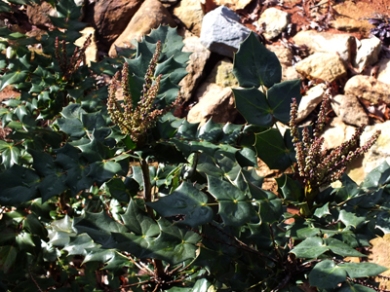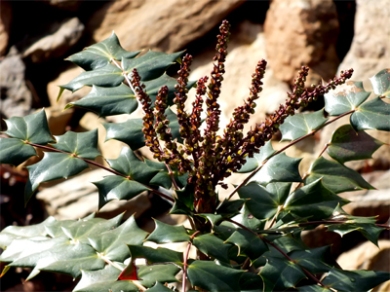Morus nigra, the black mulberry, is a species of flowering plant in the family Moraceae, native to southwestern Asia, where it has been cultivated for so long that its precise natural range is unknown.
Morus nigra is a deciduous tree. The edible fruit is dark purple, almost black when ripe in a compound cluster of several small drupes; it is richly flavoured, similar to the red mulberry [Morus rubra] but unlike the more insipid fruit of the white mulberry [Morus alba].
Black mulberry has long been cultivated for its edible fruit and is planted and often naturalised west across much of Europe, including Ukraine, and east into China.
Photo: Jakarta, Indonesia [20140611, 20150505]
Source: Wikipedia














